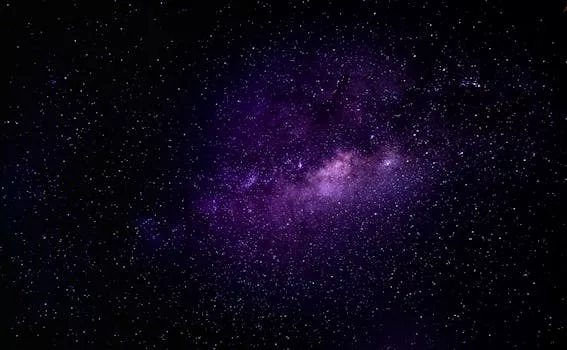
“
Introduction to Beyond the Milky Way: Imagining New Worlds and Possibilities
Imagine a universe where the possibilities are endless, and the discovery of new worlds is a reality. Beyond the Milky Way, there are billions of galaxies, each containing billions of stars and potential planets. The idea of exploring these new worlds is a fascinating concept that has captivated human imagination for centuries. With advancements in technology and space exploration, we are now closer than ever to discovering the secrets of the universe. In this article, we will delve into the possibilities of new worlds and the potential for life beyond the Milky Way.
The Milky Way Galaxy
The Milky Way is our home galaxy, consisting of hundreds of billions of stars, gas, and dust. It is a barred spiral galaxy, with a central supermassive black hole and a disc of stars, gas, and dust. The Milky Way is thought to have formed around 13.6 billion years ago, during the early days of the universe. Our solar system is located in one of the outer spiral arms of the galaxy, called the Orion Arm. The Milky Way is just one of the billions of galaxies in the observable universe, and there are many other galaxies that are similar in structure and composition. For more insights on this topic, check out Beyond the Milky Way: Imagining New Worlds and Possibilities.
Galaxies Beyond the Milky Way
There are many galaxies beyond the Milky Way, each with its unique characteristics and features. Some galaxies are similar in structure to the Milky Way, while others are very different. For example, the Andromeda Galaxy is a spiral galaxy, similar to the Milky Way, but it is larger and more massive. The Sombrero Galaxy is an unbarred spiral galaxy, with a large central bulge and a disc of stars, gas, and dust. The Whirlpool Galaxy is a grand-design spiral galaxy, with a large disc of stars, gas, and dust, and a central supermassive black hole. To explore more about the imaginative aspects of galaxies, read Galaxies of Dreams: How Imagination Transcends the Night Sky.
Potential for Life Beyond the Milky Way
The possibility of life beyond the Milky Way is a fascinating topic that has been debated by scientists and astronomers for centuries. With the discovery of exoplanets, which are planets that orbit stars outside of the Milky Way, the possibility of life beyond our galaxy becomes more plausible. Some exoplanets are thought to be located in the habitable zones of their respective stars, which means they could potentially support life. The discovery of biosignatures, which are signs of biological activity, in the atmospheres of exoplanets could provide evidence of life beyond the Milky Way. For a deeper dive into the imaginative aspects of the universe, check out The Infinite Universe of Imagination: Beyond Celestial Boundaries.
Exploring New Worlds
Exploring new worlds beyond the Milky Way is a challenging task that requires significant advancements in technology and space exploration. However, with the development of new telescopes and spacecraft, we are now closer than ever to discovering the secrets of the universe. The Square Kilometre Array (SKA) telescope, which is currently under construction, will be the most powerful radio telescope in the world, and it will allow us to study the universe in unprecedented detail. The James Webb Space Telescope (JWST), which was launched in 2021, is a powerful infrared telescope that will allow us to study the formation of the first stars and galaxies in the universe.
Conclusion and Takeaways
In conclusion, the possibility of new worlds and civilizations beyond the Milky Way is a fascinating concept that has captivated human imagination for centuries. With advancements in technology and space exploration, we are now closer than ever to discovering the secrets of the universe. The potential for life beyond the Milky Way is a topic that has been debated by scientists and astronomers for centuries, and the discovery of exoplanets and biosignatures could provide evidence of life beyond our galaxy. As we continue to explore the universe, we may uncover new and exciting discoveries that challenge our current understanding of the cosmos.
Takeaways:
- The Milky Way is just one of the billions of galaxies in the observable universe.
- There are many galaxies beyond the Milky Way, each with its unique characteristics and features.
- The possibility of life beyond the Milky Way is a fascinating topic that has been debated by scientists and astronomers for centuries.
- Exploring new worlds beyond the Milky Way is a challenging task that requires significant advancements in technology and space exploration.
See more:
https://www.nasa.gov
https://www.esa.int
https://www.jpl.nasa.gov



